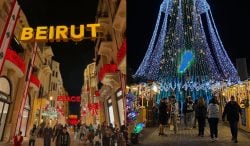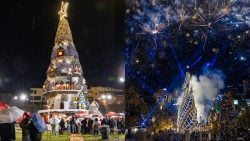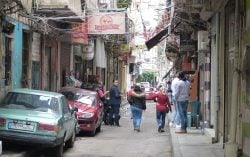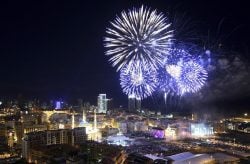From Theaters to Cafés: The Beirut Spots That Defined Ziad Rahbani’s Life
Ziad Rahbani moved through Beirut with a kind of quiet permanence. Cafés, pubs, and small venues where he felt at ease, where the noise of the city made room for music, politics, and regular conversation.
These are some of the Beirut spots that shaped his days, reflected his worldview, and still carry traces of the artist he was.
1. Modca Café, Hamra
Once the intellectual heart of Hamra, Modca was where writers, thinkers, and artists gathered in the 1970s and 80s, Ziad included. It was one of the many places where he’d sit, observe, and write, often in the company of Beirut’s political and artistic minds.
The café may be gone, but its influence lives on in the Beirut of his plays.
2. Barometre, Hamra
If walls could talk, Barometre would still be humming with Ziad’s sarcasm and dry humor. This no-frills spot was known for its political posters, strong arak, and even stronger opinions. He performed live on occasion, even in recent years.
3. Abu Elie Pub, Hamra
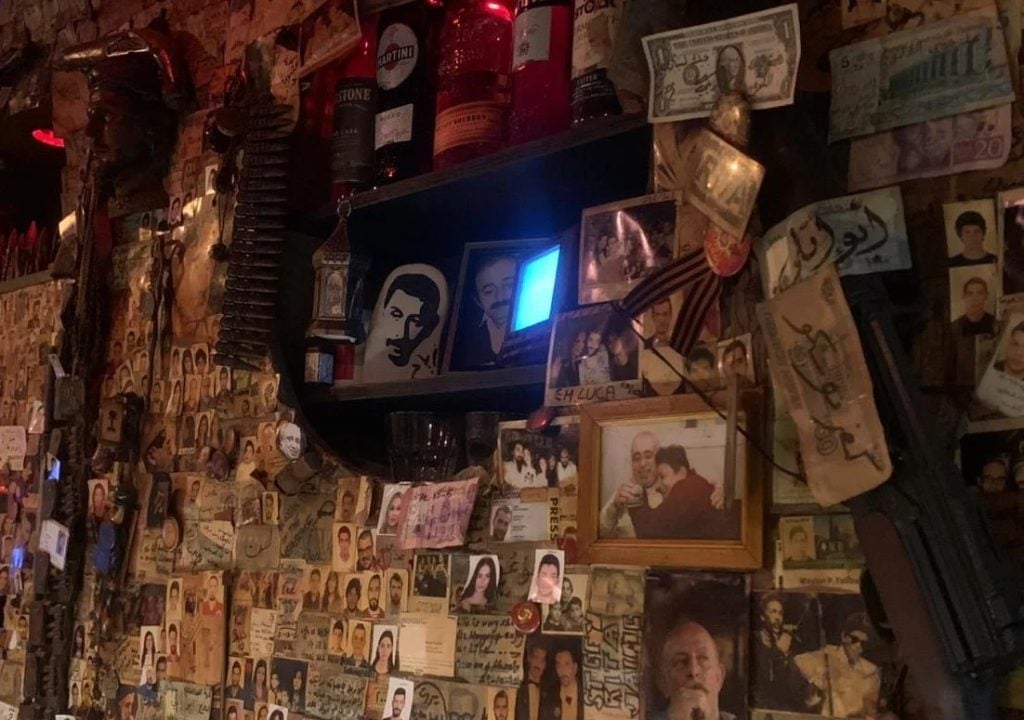
Source: Tasnim Chaaban via L’Orient Today
Tucked in a side alley, this old-school communist pub was one of Ziad’s favorites. It’s one of those places that feels frozen in time. Dusty portraits, revolutionary posters, and a crowd that remembers every word of Ziad’s political satire.
It’s more quiet now, but it once echoed with debate, laughter, and the occasional outburst of Fairuz.
4. Blue Note Café, Hamra
Blue Note is famous for its jazz concerts and musical performances, and Ziad was both a performer and a regular. He has played piano gigs there, and the venue’s continued legacy celebrates his fusion of jazz, Lebanese, and satirical traditions.
5. Al Madina Theater, Hamra
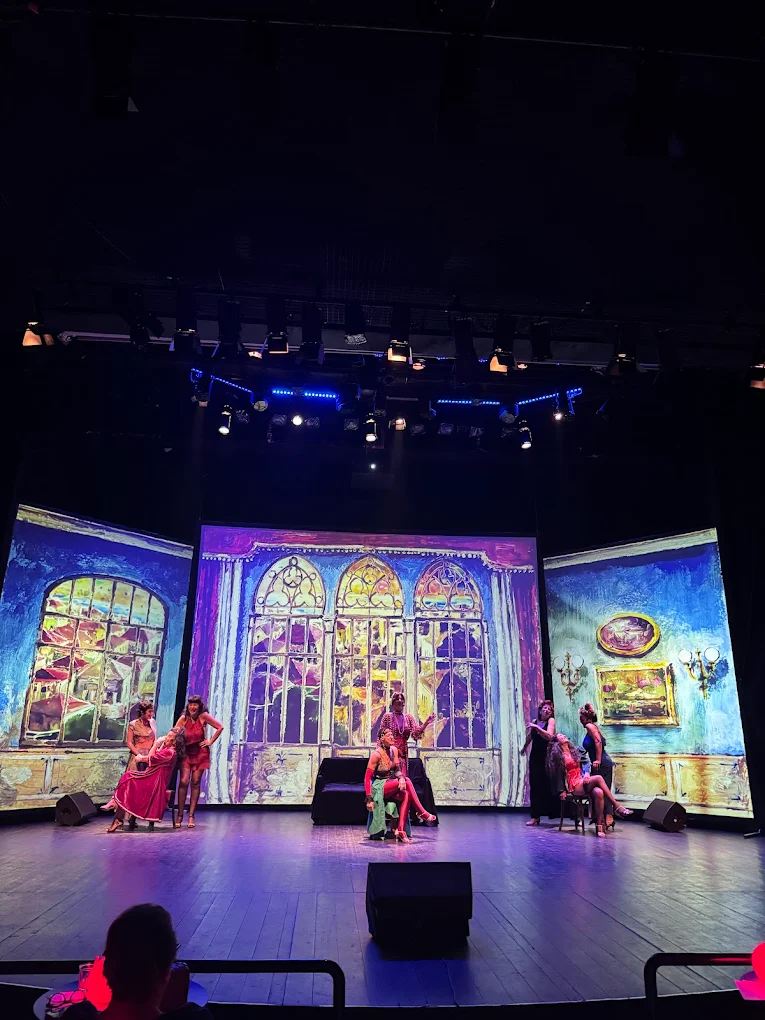
Ziad’s time at Al Madina Theater in Beirut was marked by both artistic innovation and cultural significance. This venue in Hamra hosted some of his major plays and concerts, making it a central stage for his theatrical and musical expression.
A particularly famous performance of Ziad Rahbani at Al Madina Theater was his 2013 comeback play, “Majnoun Yehki” (“Madman Speaking”).
6. Mezyan, Hamra
Tucked just off Hamra Street, Mezyan is a cozy neighborhood spot known for its eclectic mezze and spontaneous energy. Ziad Rahbani was known to stop by and even perform impromptu sets when the mood struck.
Mezyan captured the kind of place where Ziad felt most at home: unpretentious, expressive, and alive with conversation and music.
7. L’Autre Bistro, Hamra
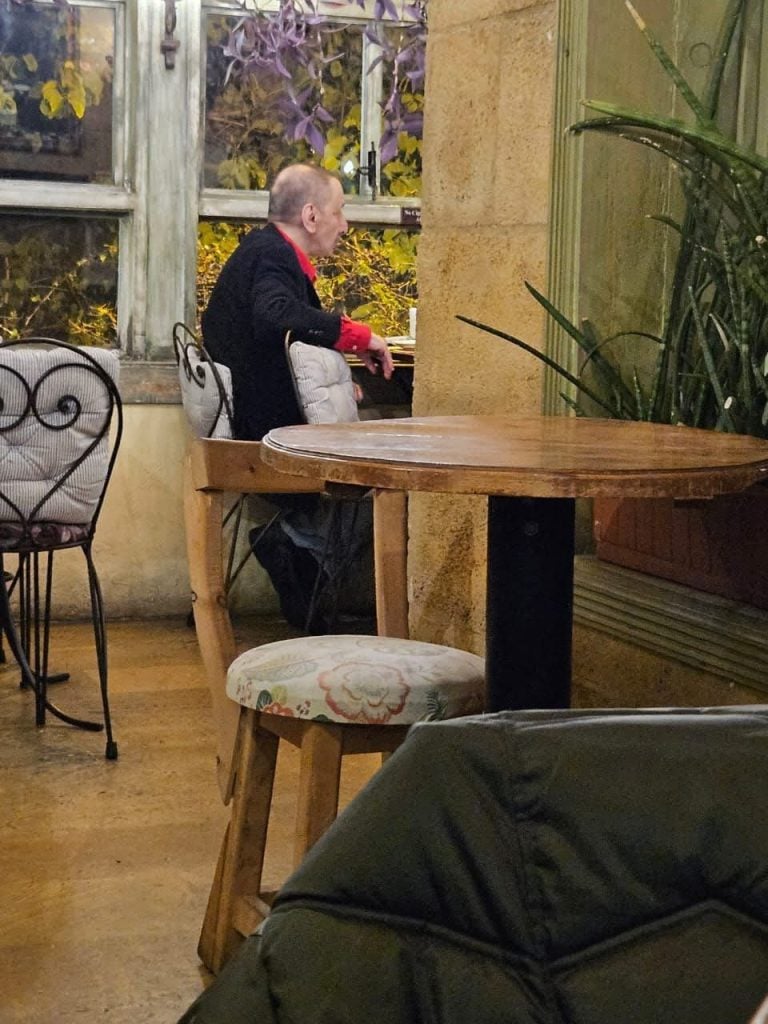
Source: Newsroom
One of the last public glimpses of Ziad Rahbani was at L’Autre Bistro in Hamra, quietly dining alone. Captured from afar by a fan who didn’t want to interrupt him, the moment reflects the solitude that marked his later years and the deep admiration he continued to inspire in those who recognized him.
In many ways, Hamra wasn’t just a neighborhood for Ziad Rahbani. It was a stage, a workshop, and a sounding board. To walk through Hamra today is to still feel his presence, lingering in quiet corners, in conversations, and in the city’s enduring urge to question and create.
Enjoyed this read? You might also like: Music Amidst Mayhem: How Ziad Rahbani Chronicled a Nation’s Struggle and Spirit
The Beirut Tee
Beirut.com printed logo on the left side. Available in Black, White, and Olive Green.
غررووووووفي Tee
High quality t-shirt that is available in either round neck loose fit made of 100% cotton with short sleeves, or fitted cropped with a round neck and short sleeves (95% cotton,5% elastane).
The Beirut Tee
Beirut.com printed logo on the left side. Available in Black, White, and Olive Green.
غررووووووفي Tee
High quality t-shirt that is available in either round neck loose fit made of 100% cotton with short sleeves, or fitted cropped with a round neck and short sleeves (95% cotton,5% elastane).
